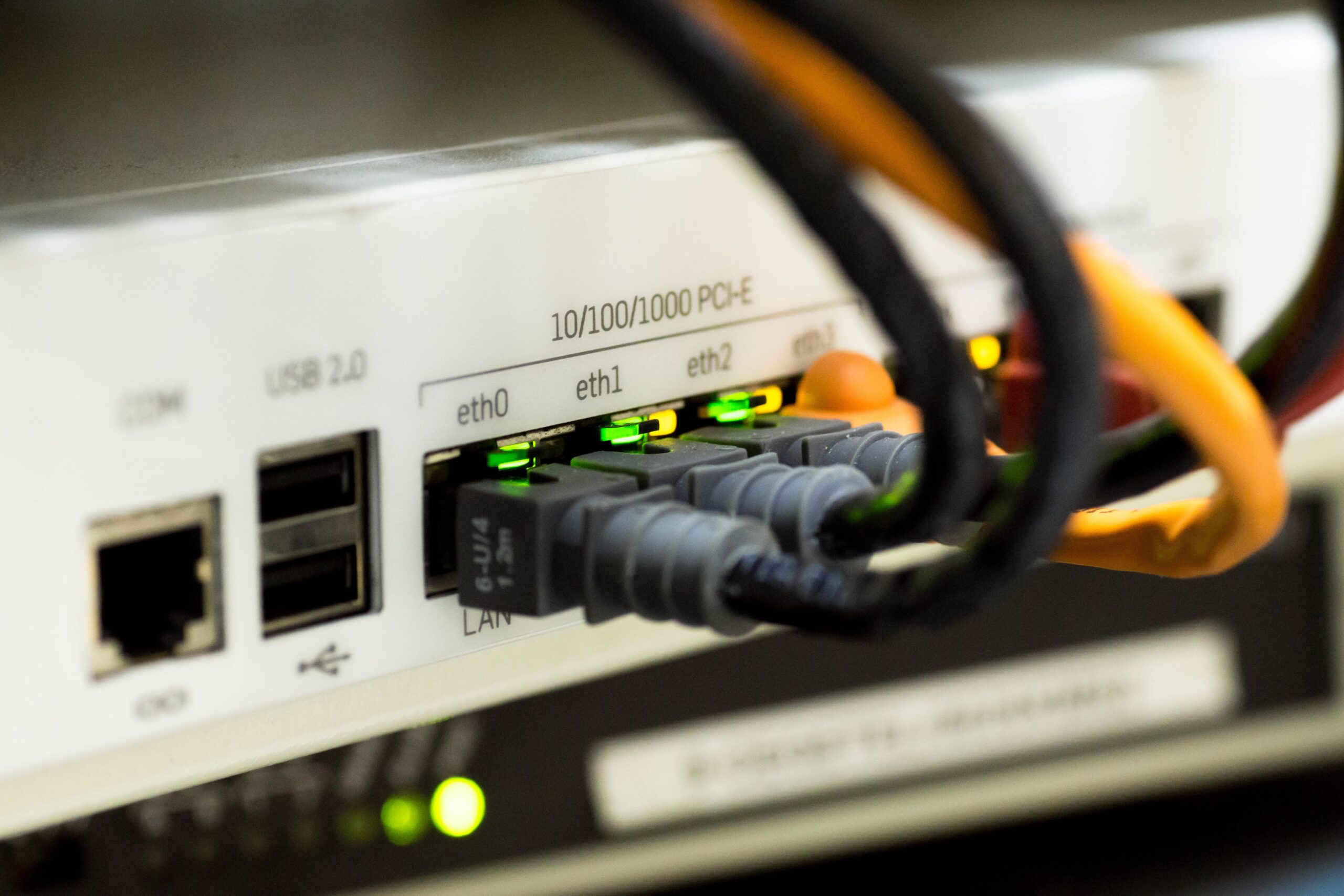Technology sure is convenient – offering means to various ends that humanity never imagined feasible in ancient times. However, despite the portability and convenience of multiple processes nowadays, the scaling problem of most technological equipment is still retained, showing a noticeable increase in size as the functionality of the system widens. This is often not considered a problem as this is not essentially an issue in items designed to be portable, but this would, of course, come with a substantial price increase that many are not willing to indulge on.
Computer, for instance, are notorious for having hundreds of cables interspersed with each other when the functionality of the system is consistently increased – resulting in a system unit that is just loaded with wires that is almost impossible to sort through. It would not cause any problems with how the computer runs for sure, but it does come with a few consequences, especially when it comes to the safety aspect of your setup.
What is Cable Management?
Cable management is essentially what its name implies – the efficient management of cables to ensure that your workstation and system unit is organized, clean, and, most importantly, safe. Many users are not aware of the importance of such an organization and are simply arranging their setup instinctively to make their computer look clean. However, most do not realize that the essence of cable management extends miles from that point – covering even safety and troubleshooting aspects of your entire system.
Safety Issues
Tangled cables and an overloaded system unit could cause the air to become stagnant, preventing the cooling fan from easing some of the heat within the system. As the heat builds up due to suffocation, the possibility of sparks emanating from the overheated system is possible, causing fires in unfortunate instances that would certainly damage your computer. Cable management avoids this situation, providing your system unit enough room to maintain its core temperature at manageable levels.
Efficiency and Ease of Use
When cables are not entangled in a complete and utter mess, each cable is easy to identify – subsequently allowing the user to determine the purpose of each one and determine where it is connected. Having proper cable management will enable users to efficiently navigate the system if any upgrades are necessary, saving you the time to employ trial and error to find the correct wire.
Troubleshooting Convenience
Similar to its ease of use, when the cables are properly organized, it is far easier to determine the cause of your problems, especially when you have to narrow down the root of your system’s errors. With proper cable management, you no longer have to overhaul everything, and you may simply target the potential cables that are essential to troubleshoot the computer.
Budget Saver
More minor accidents would always result in fewer replacements and less maintenance – making cable management essential in ensuring that your computer’s lifespan is not cut by half. If you are running on a tight budget, it might be high time to consider prolonging your valuables’ viability instead of going for replacements now and then.

